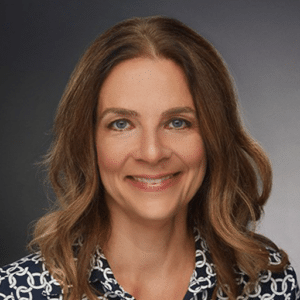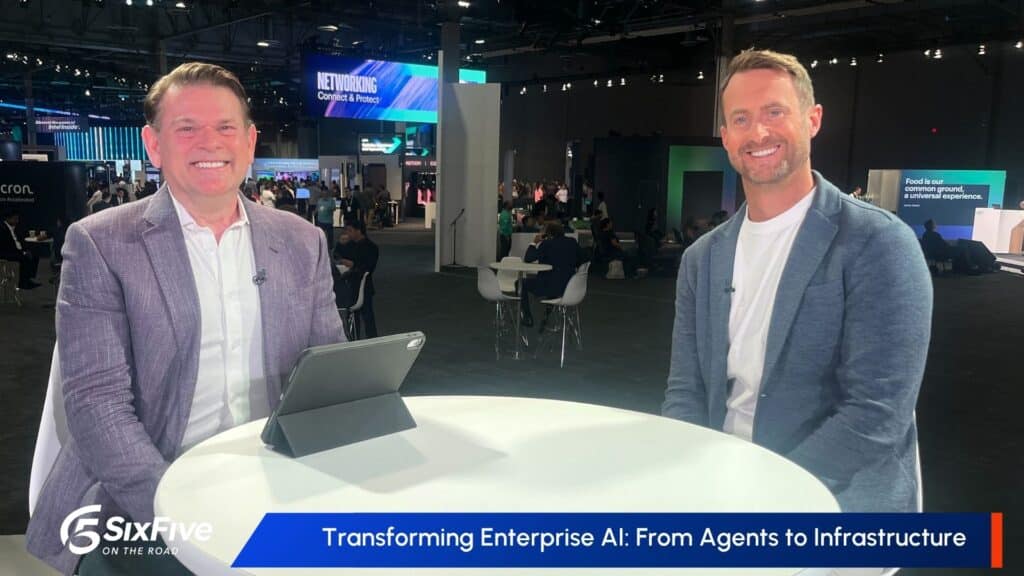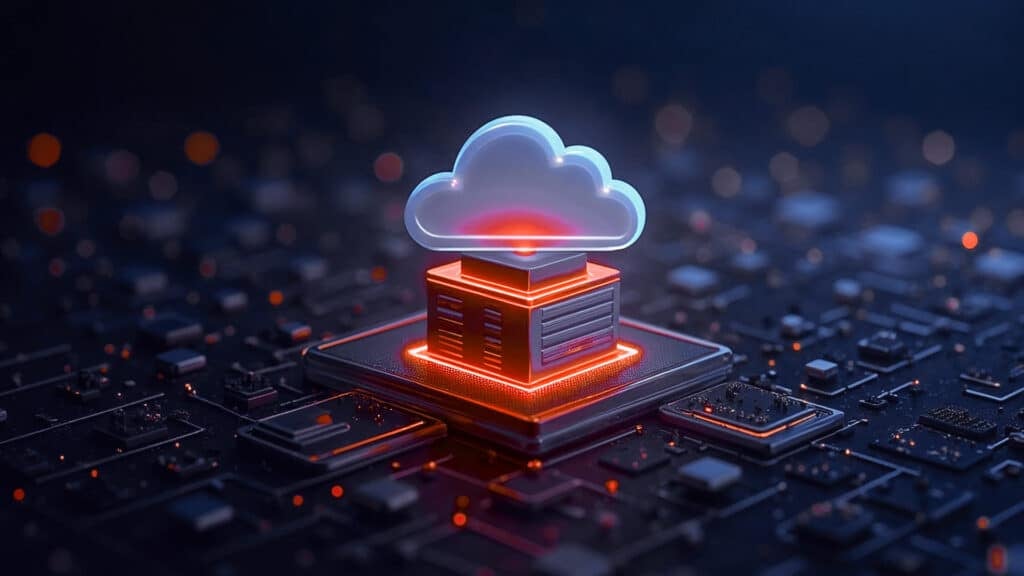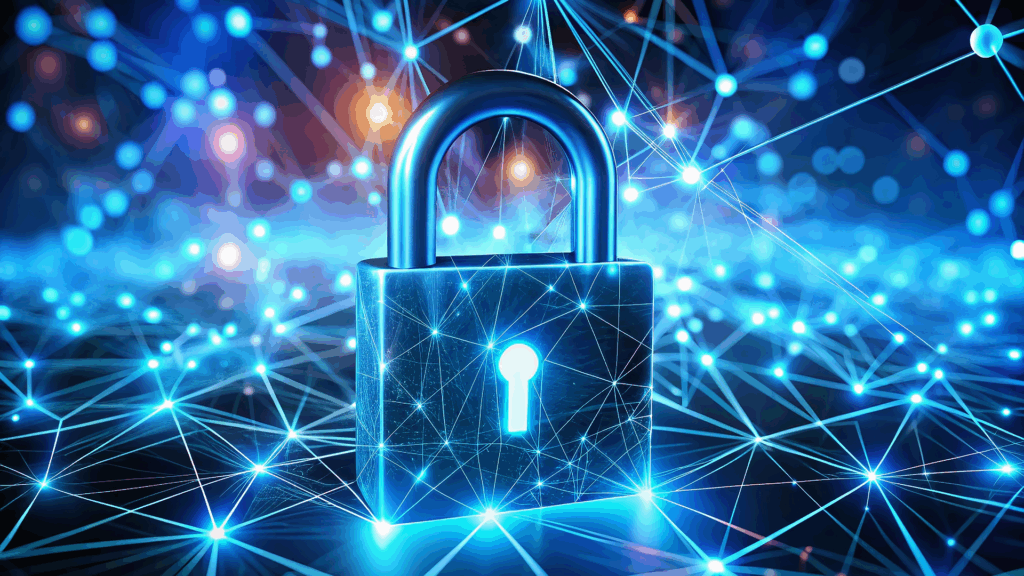LONDON, Oct. 19, 2021 /PRNewswire/ — A perfect storm of government policy, consumer trends and technology is accelerating the energy transition. And while much of the discussion centers around renewables and infrastructure, it mostly overlooks the customer. EY has conducted a survey of 34,000 energy consumers across 17 countries to understand their shifting needs, values and expectations and the results present compelling opportunities for energy providers willing to reshape their business, according to the new report, Navigating the Energy Transition Consumer Survey.
Greg Guthridge, EY Global Power & Utilities Customer Experience Transformation Leader, says:
“Energy providers are grappling with multiple challenges but meeting rapidly changing customer expectations may be the toughest yet. We believe that an enterprise-wide focus on transforming the customer experience – driven by the workforce, powered by consumer insights and supported by digital technology – is the winning strategy. This means harnessing agile ways of working and creating a culture to constantly improve, innovate and put people first.”
Rise of the “omnisumer”
Ninety-two percent of those surveyed have at least one new energy-related product or service in their home, 86% are interested in self-generation, 25% are considering an EV, and 13% are thinking about installing battery storage in the next three years. This combination of growing interest and increasing adoption of energy solutions is fundamentally changing the industry’s historical relationship with largely passive energy users. We are seeing the rise of a new more active and engaged type of consumer – the “omnisumer”. This is a person or business entity who participates in a dynamic energy ecosystem across a multitude of places, solutions and providers.
Guthridge says, “With the rise of a new type of energy consumer – the “omnisumer” – demand for simple, but sophisticated, end-to-end solutions and integrated experiences will become the new basis for effortless engagement. Those energy providers that rapidly develop a mature, yet simplified ecosystem, in which “omnisumers” can exchange value, will win in the market.”
Sustainability plus
The survey reveals that consumers show significant interest in adopting new energy products and services when the benefits are aligned around three core areas: saving money, saving time, saving the planet. While cost (53%) remains the most critical factor in driving purchase decisions for current adopters, impact on the environment (47%) and making life easier (34%) are also important. These factors are even more important for consumers considering purchases in the next three years with cost being critical to 67% of respondents, environment to 51% and convenience to 36%.
Guthridge says, “While consumers have turned their attention to sustainability, one size does not fit all. The messages and solutions from energy providers will require insights and tailored approaches aligned to the deeper motivations for each individual customer.”
@home workers
The COVID-19 pandemic accelerated a major shift in how we work and live, creating a new segment of residential customers who act much more like a small business. Sixty-four per cent of consumers who reported they were working from home checked their energy consumption at least once a month (12% higher than average), and 70% were interested in energy efficiency solutions (8% higher than average).
Guthridge says, “Energy providers suddenly have upward of one-fifth of residential customers who are dramatically more energy dependent and sensitive. Energy providers that better understand this new segment can elevate the relationship by proactively engaging with tailored tariffs and energy solutions for those who are now permanently working and educating from home.”
Digital by default
The survey found that consumers prefer digital for 8 out of 10 primary interactions with their energy provider, but still want the human touch when making a complaint, managing an outage or emergency, or facing an issue with digital channels. However, 62% have experienced a problem using their energy provider’s digital service and 37% are not confident in their energy providers’ digital services, a figure which increases to 50% for Gen Z.
Guthridge says, “Consumers have created a new interaction paradigm that can be summed up as ‘technology when you want it, a person when you don’t’. So, while digital enablement is clearly a critical focus area for energy providers, the seamless integration with human interaction is also part of the future engagement mix.”
My energy, my way
As of 2020, millennials and Gen Z became the largest demographic in the world. These consumers are more energy-engaged, about twice as likely to monitor their energy on a weekly basis and strongly prefer to pay-in-advance or pay-as-you go – 50% of this demographic say these are their preferred energy options. With more experience with other providers, younger consumers like the financial control and payment convenience that comes with this approach.
Guthridge says, “The new generation of energy consumer is looking for options that provide transparency, flexibility and control — now is the time for energy providers to get creative.”
Green expectations
Consumers are increasingly aware of sustainability issues and are holding energy providers to a high standard. Sixty-four per cent say getting sustainable products and services “right” is critical, 36% are willing to pay more for them, but only 54% say they are satisfied with those currently offered. When asked what energy providers need to do to demonstrate their commitment to sustainability, expectations include providing new energy products and services (52%), supporting local sustainability programs (50%), offering green energy solutions (50%) and operating a green fleet (27%).
Guthridge says, “By demonstrating their commitment to sustainability, energy providers can align corporate purpose, brand promise, offerings and operations to truly differentiate with increasingly green consumers.”
For the full report, visit here
Aparna Sankaran
EY Global Media Relations
+44 (0)207 480 245082
Aparna.sankaran@uk.ey.com
Molly Hardy-Knowles
EY US Media Relations
+1 213-977-8749
Molly.Hardy-Knowles@ey.com
SOURCE EY

Author Information
As a detail-oriented researcher, Sherril is expert at discovering, gathering and compiling industry and market data to create clear, actionable market and competitive intelligence. With deep experience in market analysis and segmentation she is a consummate collaborator with strong communication skills adept at supporting and forming relationships with cross-functional teams in all levels of organizations.
She brings more than 20 years of experience in technology research and marketing; prior to her current role, she was a Research Analyst at Omdia, authoring market and ecosystem reports on Artificial Intelligence, Robotics, and User Interface technologies. Sherril was previously Manager of Market Research at Intrado Life and Safety, providing competitive analysis and intelligence, business development support, and analyst relations.
Sherril holds a Master of Business Administration in Marketing from University of Colorado, Boulder and a Bachelor of Arts in Psychology from Rutgers University.






